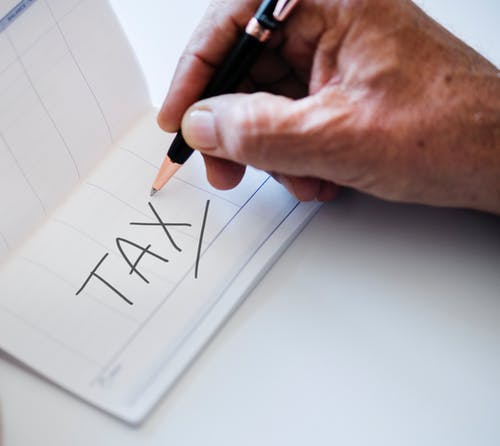Is there any way to reduce your tax burden post-retirement? After all, income taxes will be one of your largest expenses in retirement, particularly after you turn 70½.
Upon retirement you will most likely need some income from your investments. It is less expensive to take money from personal investment or savings accounts, rather than retirement plans, because you would pay no income taxes on some or most of that money. You would then let your IRAs grow for later on.
However, that is no longer possible after 70½. When you are retired and age 70½ or older, you are required to take at least a minimum amount of money as a distribution (RMD) out of your IRAs and retirement plans. These distributions, which start at 3.65% of the total value in retirement plans and IRAs and increase each year, are taxable, whether you need the money or not.
One approach to reduce taxes is to reduce the amount of money in your traditional IRAs by converting them to Roth IRAs, which do not have RMDs. Like traditional IRAs that grow tax deferred, you get no 1099s for income taxes and pay no taxes until you take money out. Unlike traditional IRAs, Roth IRA distributions are not taxed, so you can let them grow untaxed, even through the next generation if set up properly.
This approach does not eliminate taxes, but it’s possible to come out ahead in actual money to spend, plus reduce you RMDs and their associated taxes. A Roth conversion requires paying taxes on all of the IRA money being converted.
So why would you want to pay taxes much earlier than you need to?
- Total taxes are lower if done before investments in the IRA have grown substantially later on.
- If you have “extra” cash to pay the taxes for the Roth conversion, you are effectively converting lower paying taxable cash into higher-earning non-taxable investments. See the example below*.
If you have substantial IRA assets that you want to convert, the tax bill for doing this can be substantial, particularly if you are thrown into a higher tax-bracket. You may be able to keep out of the higher bracket if you convert a smaller amount each year. To accomplish the conversion of a substantial amount overall, you need to start early,
| * This example is hypothetical and is being used for illustration purposes only.
It assumes that the tax rate is 20% on Roth conversion and distributions from the IRA. |
|||||
| It assumes that cash is used to pay taxes for the Roth conversion. | |||||
| No IRA Conversion | IRA Conversion to Roth IRA | ||||
| Old IRA | Cash | New Roth | Cash | ||
| Account | Account | Account | Account | ||
| Initial value | 100,000 | 30,000 | 100,000 | 30,000 | |
| Tax on conversion | – | – | – | 20,000 | |
| Net invested | 100,000 | 30,000 | 100,000 | 10,000 | |
|
Assume over 10 years IRA grows 7%/year, i.e. doubles. Cash increases 25%. |
|||||
|
Value after growth |
200,000 | 37,500 | 200,000 | 12,500 | |
| Tax on distribution | 40,000 | – | – | – | |
| Net to spend | 160,000 | 37,500 | 200,000 | 12,500 | |
| Grand total to spend | 197,500 | 212,500 | |||
| Extra money to spend | 212,500 – 197,500 = 15,000 | ||||

